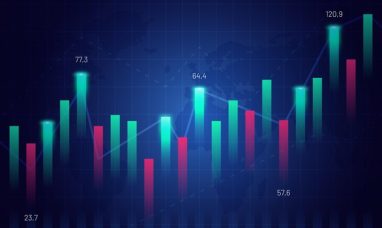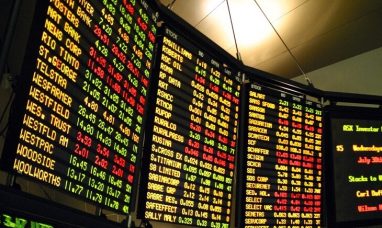New data from the Department of Labor shows that weekly jobless claims have surged to their highest level since August, indicating potential weakness in the labor market. For the week ending July 13, 243,000 initial jobless claims were filed, up from 222,000 the previous week, and above the 229,000 expected by economists. This figure ties with a June reading, marking the highest weekly filings since August 2023.
Continuing Unemployment Claims Also Rise
In addition to the rise in initial claims, continuing applications for unemployment benefits have also increased. Nearly 1.87 million claims were filed in the week ending July 6, up from 1.85 million the week prior. This marks the highest level of continuing claims since November 2021, underscoring ongoing challenges in the labor market.
Factors Contributing to Rising Jobless Claims
Jefferies US economist Thomas Simons suggested that part of the increase in weekly claims could be attributed to Hurricane Beryl, which displaced workers. However, Simons noted that recent trends indicate more significant cracks emerging in the labor market. “The data of the past few weeks have been signaling incremental labor market weakness, albeit from a position of extreme strength,” Simons wrote in a research note on Thursday.
Implications for Federal Reserve Policy
The signs of weakness identified by Simons support the case for the Federal Reserve to consider cutting interest rates. Goldman Sachs chief economist Jan Hatzius echoed this sentiment, stating in a recent research note that with inflation slowing, the Fed should contemplate interest rate cuts as early as July. This perspective aligns with the recent loosening in the labor market, as indicated by the rising jobless claims.
Unemployment Rate Trends
In June, the unemployment rate rose for the third consecutive month, reaching 4.1%, up from 4% in May. This gradual increase suggests that hiring is not keeping pace with the influx of new entrants to the labor force. Hatzius noted, “The bottom line is clear. While layoffs remain subdued, the unemployment rate is gradually trending higher because hiring is not strong enough to absorb all new native- and foreign-born labor force entrants.”
Fed Chair Jerome Powell has acknowledged that the labor market appears to be returning to balance. However, further softening in labor demand could lead to a more pronounced and less welcome increase in unemployment. This potential inflection point underscores the need for careful monitoring and potential intervention by the Federal Reserve.
Market Expectations for Fed Actions
As of Thursday morning, markets were pricing in a roughly 98% chance that the Fed will cut interest rates by the end of its September meeting. The probability of a rate cut during the Fed’s next meeting on July 30-31 was estimated to be just under 5%, according to the CME FedWatch Tool. This cautious outlook reflects the uncertainty surrounding the labor market and broader economic conditions.
Economic Implications of Rising Jobless Claims
The increase in jobless claims and continuing unemployment applications indicates a cooling labor market, which could have broader economic implications. A weakening labor market can lead to reduced consumer spending, slowing economic growth, and increasing pressure on the Federal Reserve to adjust monetary policy. The recent trends in jobless claims highlight the need for ongoing assessment and potential policy adjustments to support economic stability.
Conclusion
The rise in jobless claims to the highest levels since August signals emerging weakness in the labor market. With the unemployment rate trending upward and continuing claims increasing, the Federal Reserve faces pressure to consider interest rate cuts to support economic stability. As markets anticipate potential Fed actions, the focus remains on monitoring labor market trends and their implications for the broader economy.
Featured Image: Freepik









